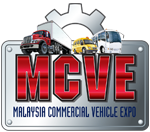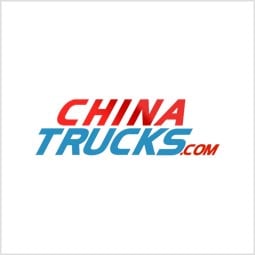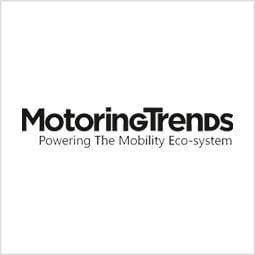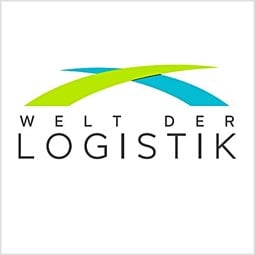IAA presents entire commercial vehicle sector full of anticipation
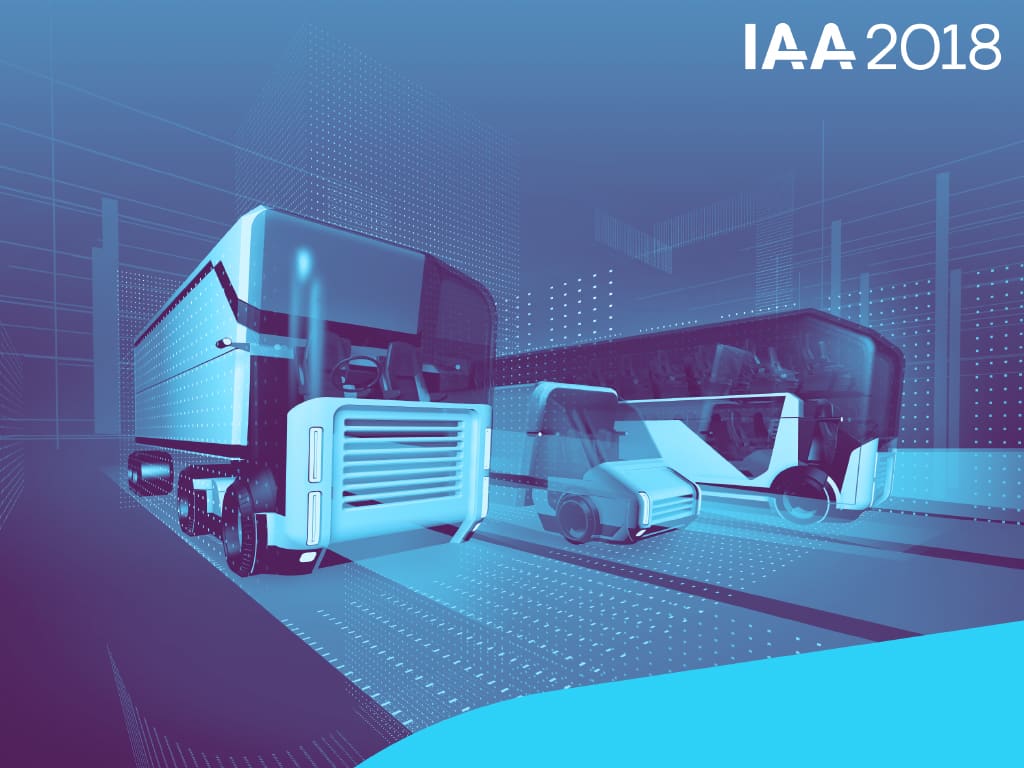 The 67th IAA Commercial Vehicles is ready to start.Today we wish to give you the latest facts and figures about the 67th IAA Commercial Vehicles and draw attention to the main focuses at the world’s most important trade show for transport, logistics and mobility.
The 67th IAA Commercial Vehicles is ready to start.Today we wish to give you the latest facts and figures about the 67th IAA Commercial Vehicles and draw attention to the main focuses at the world’s most important trade show for transport, logistics and mobility.Commercial vehicle markets in good form
The international commercial vehicle markets (over 6 t) are in good form for this IAA. They have pushed up their year-to-date figures (January to July). That applies to Western Europe (+2 percent), China (+8 percent) and in particular to the US (+18 percent).
Even Brazil, a cause for concern over recent years, is once again generating optimism. Sales up to July rose by more than 50 percent – however, we are still a long way from previous record levels. The Indian commercial vehicle market has also grown strongly (+45 percent).
Yet we cannot ignore the political risks around the world which also affect commercial vehicles. In the close-knit international transport and supply chains in particular, trends toward more protectionism, import duties and trade barriers ultimately do not benefit anyone. We are therefore taking action worldwide to support free and fair trade. Transport and logistics need accessible markets.
The market for light commercial vehicles (up to 6 t) isalso doing well. We expect that sales in Western Europe during 2018 as a whole will rise by 2 percentto nearly 2 million vehicles.
To summarize, the markets support this IAA. In addition, the flourishing online trade means that business in vans is booming in Germanyand Europe. And theOEMsand suppliers notice the benefits.
Driving tomorrow – thefuture of mobility at the IAA
The slogan of this IAA is “Driving tomorrow.” This embodies the fact that thesector is facing up to themajor challenges of thefuture: digitization, connectivity, automateddriving, electric mobility andother alternative powertrains. Furthermore,the industry is addressing central issues in urban logistics andmobility.
At this IAA it is becoming clear that thecompanies – the makers of heavy-duty trucks and vans, trailers, buses and special vehicles, along with themany suppliers – are preparing intensively for thistransformation that is taking place in powertrainsanddigitization.
Digitizationand e-mobility belong together. Theyare two sides of the same coin. This is because digitization, connectivity andautomation are not only happening in car-2-X communication, but also form an integral part of every new developmentin the drive train.
Digitization makes transportand logistics even safer and more efficient
Road safety can be substantially improved throughdigitization and connectivity – and in the future even more so with automateddriving. For example, in the near future sensorsandcameras will enable commercial vehicles to see and hear. High resolution monitors and cameras will replace exterior mirrors and eliminate all blind spots. This will improve safety, especiallyin urban settings and during turning.
The suppliers are key players in theseinnovationsand in many others. They account for over 70 percent of the value creation in a vehicle. This is why the IAA covers the value chain so comprehensively – which makes it unique among trade shows.
Moreover, the new technologies offer enormous advantages in flexibilityand efficiency. One example demonstrating the potential that lies in connectivity and automation is platooning. This enables even more efficient transportation and even greater CO2 savings over long distances. Driving in a platoon can reduce fuel consumption and CO2 emissions by up to 10 percent. We have proved that platooning is technically feasible – it is already being trialed in everyday logistics. The use of mixed platoons, that is, with trucks from different manufacturers, is an important development goal in the medium to long term.
What is more, commercial vehicles are predestined for automated driving. They have annual mileages of 100,000 to 150,000 km in long-distance traffic, and most of this is on the freeways. By comparison, the average annual mileage of passenger cars is only about 14,000 kilometers, a large portion of which goes on journeysto work.
IAA showcases electric mobility ready for series production
Here in Hannover we can see that the industrialization of electric mobility is not only advancing in passenger cars, but is also taking place in commercial vehicles in particular.
There are many premieres here of vans with electric drive. Visitors to the IAA will experience a quantum jump in e-vans.
This will result in the optimum performance of the daily tasks generally carried out by CEP services, the craft trades and distributors in towns and cities. It offers delivery traffic, where the “last mile” is a key factor, a range of products that satisfy the new logistical requirements and, in addition, have zero local emissions. The traffic in goods is expanding in step with the rapidly growing internet trade, and so is the demand for vans in urban areas.
We are also finding more and morepowertrains with zero local emissions in urban buses, and the portfolio is increasing fast. E-buses improve the situation in towns and cities, and they make an important contribution to the ongoing improvement of air quality.
Even in the case of heavy-duty trucks (up to 26 t) electric mobility is making advances, especially in distribution traffic. However, here electrification is a much greater challenge, owing to the weights and ranges involved. Hybrid and natural gas offer alternative propulsion systems. Fully electric operation will, however, arrive in this segment also, and series production may be expected several years from now.
More than 35 models with alternative powertrains are available for test drives on the IAA trade show grounds. A similarly large number of vehicles with conventional propulsion is also available at the IAA for test drives on the public roads.
However important electric mobility is, in heavy-duty long-distance transport (trucks up to 40 t) the clean and efficient Euro VI diesel will remain the king of the road for the time being – in both economic and environmental terms. There are still potentials for greater efficiency, such as aerodynamic optimization, and trailers with rear or side fins. Natural gas (LNG or CNG) can play a larger role as a fuel for long-distance traffic. CO2-friendly power-to-gas can be used increasingly to decarbonize gas propulsion. The situation is similar in the case of other synthetic fuels (e-fuels), which reduce CO2 output in the existing fleet, not only in new vehicles. In the long term, great opportunities are also available forelectric propulsion using fuel cells.
In short, the IAA shows the entire commercial vehicle sector in a spirit of anticipation!
There are figures backing up this anticipation: compared with the already very good IAA in 2016, we have improved on all relevant indicators:
The number of exhibitors has risen to 2,174; they come from 48 countries.
The exhibition covers 282,000 square meters, whichisa new IAA record.
The number of world premieres has increased byalmost one third, to 435 – alsoa new record.
There are figures backing up this anticipation: compared with the already very good IAA in 2016, we have improved on all relevant indicators:
The number of exhibitors has risen to 2,174; they come from 48 countries.
The exhibition covers 282,000 square meters, whichisa new IAA record.
The number of world premieres has increased byalmost one third, to 435 – alsoa new record.
The marked increased in world premieres reflects the powerful drive for innovation in thesector. There are very many more innovations in theareas of digitization, connectivity, automateddrivingand electric mobility. And in services the number of premieres has actually trebled. This is just a little advance information, and the New Products Directory will be available from noon tomorrow, so we are keeping to the publication time agreed withthe exhibitors.











